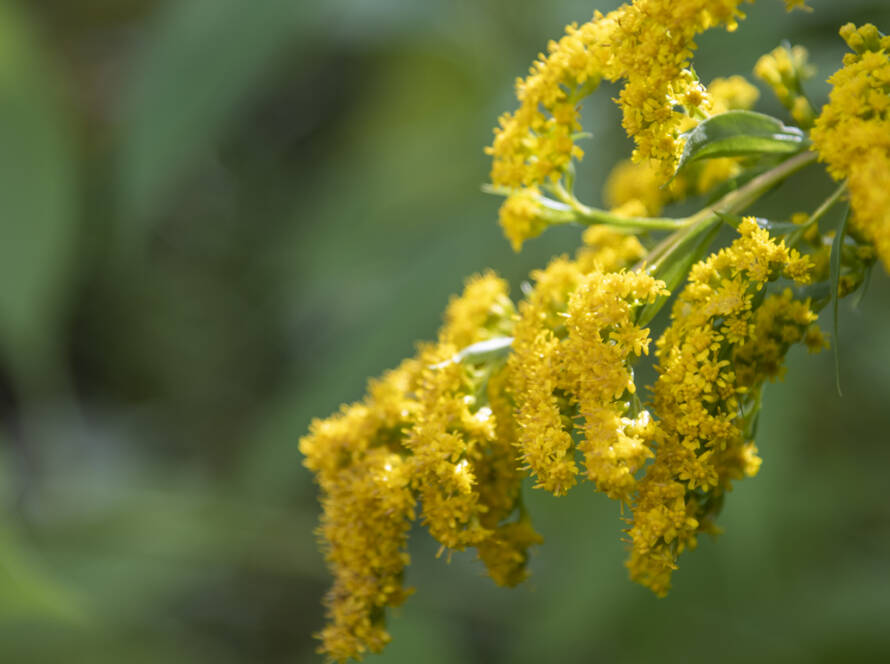Guggul
Introduction
This fact sheet provides basic information about Guggul. The guggul plant is widely distributed throughout India and adjacent regions. It is in the same genus as C. myrrha, the myrrh mentioned in the Bible. Guggul and gum guggulu are the names given to a yellowish resin produced by the plant’s stem.
The plant has been used in traditional Ayurvedic medicine for centuries to treat various disorders, most notably arthritis, and as a weight-reducing agent in obesity. More recently, plant extracts have been investigated for their ability to reduce serum lipid levels. A commercial product, Guggulow, has been introduced in the US, claiming the cholesterol-lowering properties of the plant, which has raised interest in its activity.
Common Names
- Guggul
- Gum Guggulu
- Gugulipid
Latin Names
Commiphora mukul
What It Is Used For
- Traditionally used to treat arthritis, obesity, and other disorders, guggul has been shown to lower cholesterol and triglycerides and to stimulate thyroid activity in a few small studies.
How It Is Used
Dosage recommendations for guggul are usually based on the concentration of guggulsterone in the extract. A typical dosage of guggulsterone is 25 mg three times daily. Most extracts can be taken daily for 12 to 24 weeks to lower high cholesterol and/or triglycerides.
What the Science Says
- Commiphora mukul in combination with Inula racemosa (another Ayurvedic botanical) was studied in 200 patients with ischemic heart disease. It was found to improve patients’ ECG readings and decrease dyspnea and chest pain episodes. The gum guggul fraction increased fibrinolytic activity and decreased platelet adhesiveness.
- One study of healthy subjects in the United States demonstrated reduced total serum cholesterol.
Side Effects and Cautions
- Do not use in patients who are on propranolol or diltiazem.
- Use with caution by patients taking thyroid medication.


